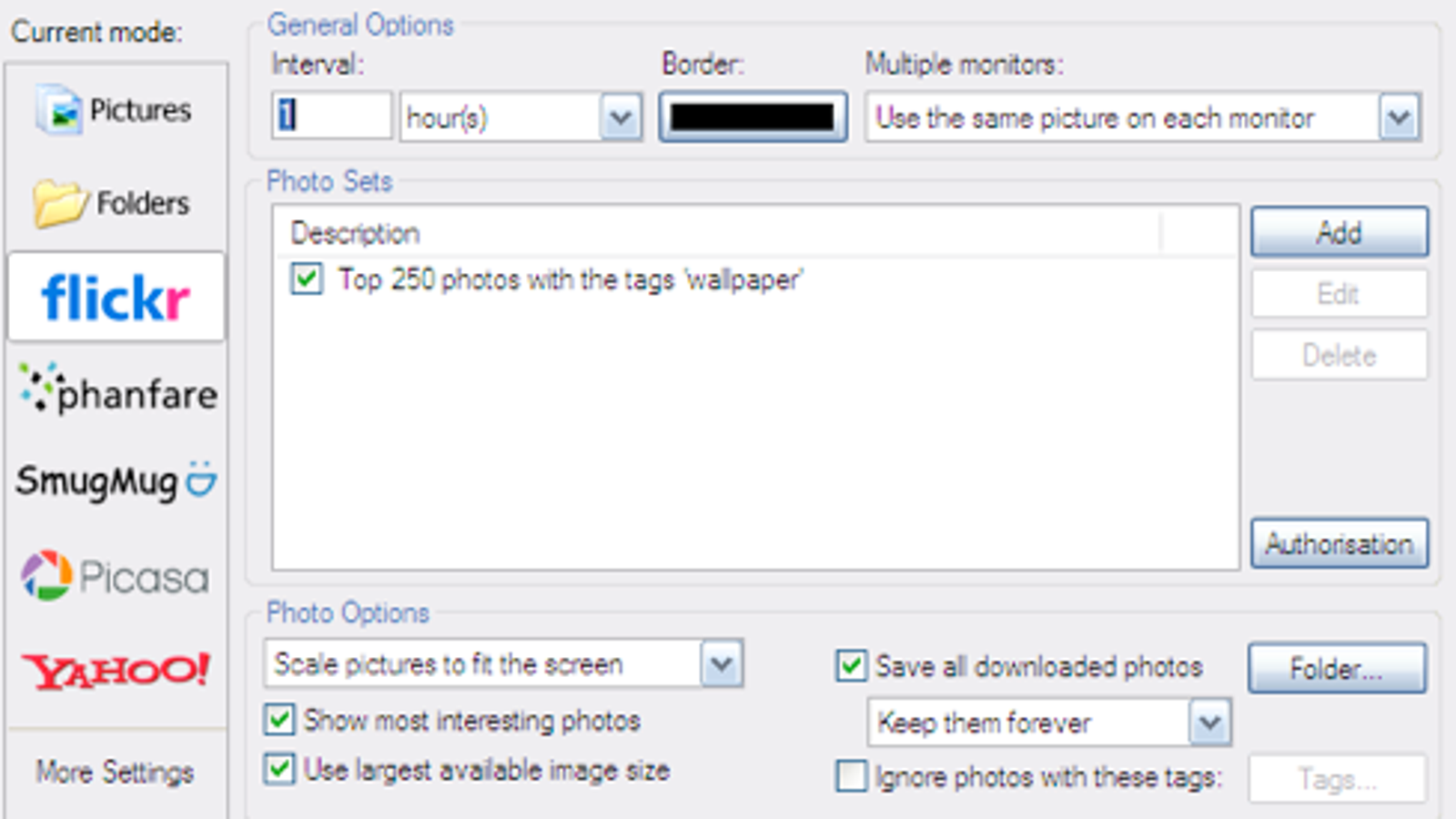

#Better version of johns background switcher archive
JBS will check the RSS feed and report back on whether or not the feed was valid and, if so, how many images are in it.Īny site, be it a full-scale wallpaper archive or a simple Tumblr blog, that has an RSS feed can be turned into a source for wallpapers. Paste the URL into the slot and click Test. Simply right-click on the RSS icon and copy the address then head over to JBS. Since having all the wallpaper on DeviantArt would be a bit overwhelming, we’re going to drill down to Abstract category and snag the RSS link from there. In our case the RSS reader is JBS, which will in turn pull images from DeviantArt. You’ll see that logo all throughout DeviantArt, clicking on it gives you an RSS link that, normally, you’d plug into an RSS reader. You’ll notice at the bottom of the first gallery page, a small RSS icon like so: Let’s do that now to demonstrate how easily it can be done.įirst, visit DeviantArt and hit up the wallpaper section-technically you could use the RSS feed for any content on DeviantArt, but the wallpaper section already houses tens of thousands of images that are in monitor-friendly sizes. You can easily turn their galleries into an RSS feed to fuel your wallpaper addiction. Let’s say, for example, you like a particular artist or category on the web site DeviantArt. This opens up a whole world of content that isn’t normally accessible to a wallpaper application. One of the greatest, and potentially most under used features in JBS, however, is the ability to pull images from RSS feeds. Even if you don’t have a specific Flickr group in mind, just pulling from the top photos that share a simple tag or two can yield interesting results: If you want to more tightly moderated content-using Google Images is great for volume and variety, but not so great when it comes to the kind of focus you can find from other sources-pulling images from Flickr groups and people can be quite useful. In our case, searching for large images of microchips yielded a lot of bland diagrams and generic digital photos, tacking on “wallpaper” greatly enhanced the results.

When you’re setting up image search strings, be they for Google, Bing, or Yahoo!, we’d suggest hitting up the actual search engine to see if the terms you’re using yield the results you want. You’ll be presented with a dialog box like so: Click on Add and select Google image search. Let’s start off by adding in a Google Image search as a supply source.


 0 kommentar(er)
0 kommentar(er)
